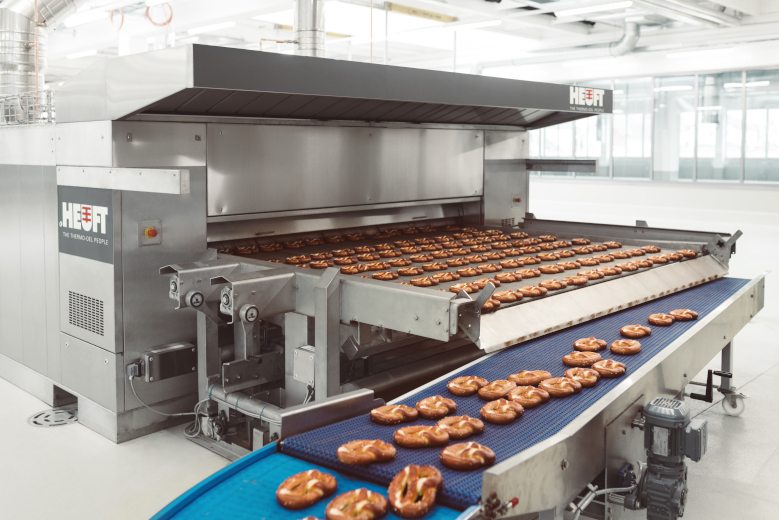
Efficient baking assignment: thermal oil tunnel ovens
Energy consumption is undisputed at the top of the industry’s concerns and efforts for improvement. Tunnel ovens offer opportunities to go the extra mile on the path to resource savings.
Energy consumption is undisputed at the top of the industry’s concerns and efforts for improvement. Tunnel ovens offer opportunities to go the extra mile on the path to resource savings.
Bread-making is a scientific symphony of physical, chemical, and rheological processes. Beyond the apparent simplicity of mixing flour, water, and yeast lies an intricate web of molecular and mechanical changes that transform these raw materials into bread.
It is a recurrent issue well-known in food processing companies: sometimes, a product that has been successfully manufactured over a long period of time suddenly exhibits a quality problem, although nothing has been intentionally changed.
AAK opened a new Plant-based Innovation Center of Excellence in Zaandijk, outside Amsterdam, in the presence of customers, investors, and local officials, who also took a guided tour of the premises. The three story facility features an application laboratory, co-development workspaces, a culinary kitchen, and a sensory facility.
The principle of the forked kneader came from the Mahot machine factory and provided mechanization of dough preparation. It has since proved itself in practice – and is still used today. The reason behind this is the technological proximity to French traditional, manual dough production.
Cleaning can quite literally make or break the trays, respectively their life expectancy.
A characteristic all trays have in common, regardless of endless possibilities in their layouts, is the safety guarantee provided for the products baked, time and again.
Transport crates for baked goods do not appear to differ much at first sight. They only vary in color, weight and height. However, when it comes to cleaning the crates, the situation is very different.
While the SE Asian bread market was a key focus for the project, from the start it was recognized that the study of dough development through mixing and processing would have wider implications and offer new opportunities for bread-making throughout the world.
The KRONOS mixer from the WP BAKERYGROUP promises consistent mixing results independent of the personnel and fluctuating raw materials properties.
As a basis, the hygienic risk to food safety/shelf-life is taken as an example for baked goods. Subdivision takes place according to the hygiene sensitivity of the respective products. The basis
is always an assessment of the respective product

